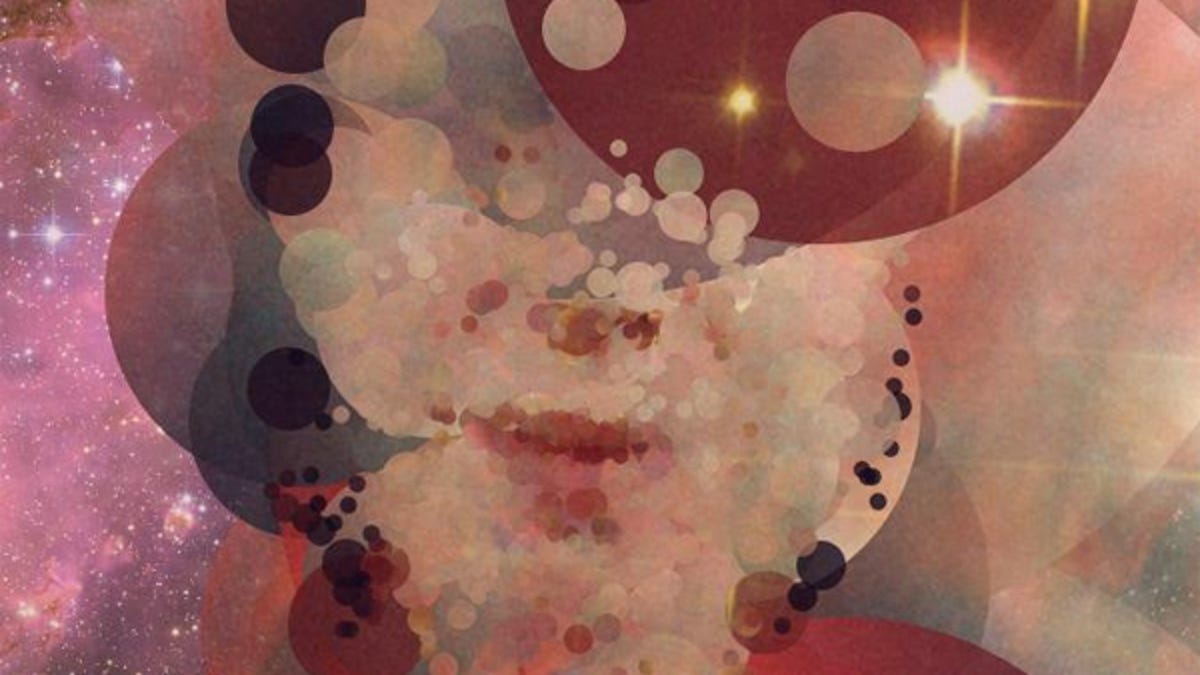Space in your face
Artist Sergio Albiac is working on a crowdsourced series of portraits reconstructing faces out of images snapped by the Hubble telescope.

A Starr made of stars.
(Stardust image by Sergio Albiac, CC-BY-NC-ND 3.0. Used with permission.)
Artist Sergio Albiac is working on a crowdsourced series of portraits reconstructing faces out of images snapped by the Hubble telescope.
Carl Sagan was not the first to make this observation, but perhaps he put it most succinctly when he wrote in 1973, "Our Sun is a second- or third-generation star. All of the rocky and metallic material we stand on, the iron in our blood, the calcium in our teeth, the carbon in our genes, were produced billions of years ago in the interior of a red giant star. We are made of star stuff."
That's what immediately came to mind when we saw Spanish artist Sergio Albiac's Stardust, a series of portraits made up of the stuff of the universe. There's something about that small piece of knowledge that is comforting; although we may not last forever, the stuff of which we are made continues on, in some form or another.
Creativity, Albiac believes, is also eternal — and while the artist might die, what if a work could continue on?
So he designed Stardust, a piece of software that can make artistic decisions, converting photographs into beautiful works without the intervention of a human agent. But that's not all it does; it also plays upon the idea that the human mind conceives possibilities, accepting some and rejecting others. Stardust accepts them all.
"Some models of human creativity describe it as a process that produces novel combinations of pre-existing ideas or objects," Albiac said. "We curate these combinations in our human minds. We abort potential creations. This experiment in generative portraiture will be the opposite: it will give birth to as many novel combinations as possible, taking the risks of non curated creation and experimenting with the use of generative strategies to create assisted works of art."
Using nucelosynthesis as a model, Stardust takes the provided photograph and transforms it into a generative collage, using an automated process from images of space taken by the Hubble telescope. The program is one written by Albiac; just as he grinds his own pigments, writing his own code allows him the flexibility to attain his artistic vision.
Participation is completely free, and anyone can send in a photo to have a portrait generated by Stardust. Instructions for how to submit your photograph can be found on Albiac's web page. In return, you'll not only get three seriously beautiful pictures, but involvement in a wonderfully thought-provoking project.
"It could be argued that the whole universe is the biggest running generative art installation today," Albiac said. "Personal beliefs will determine who we think the artist is."
You can keep up to date with Albiac's work on his Facebook page.

